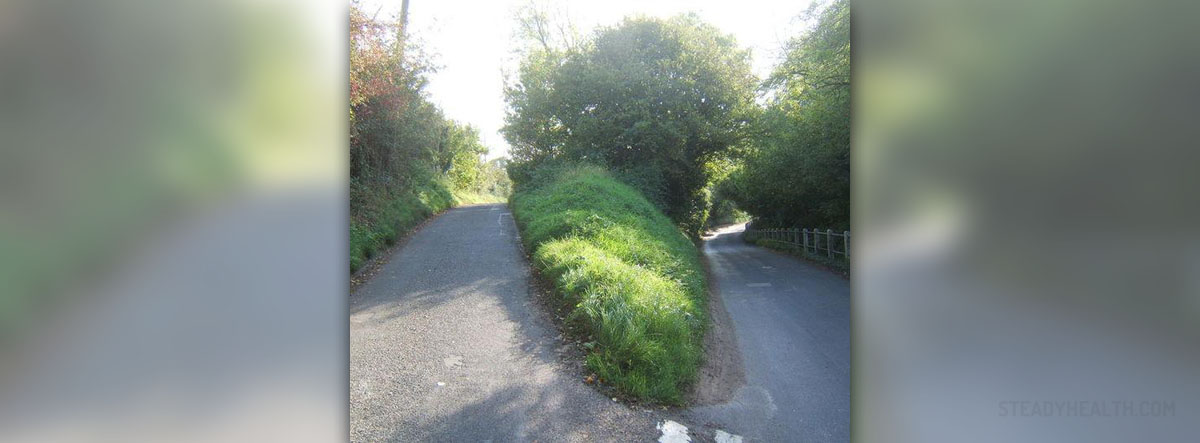
There are a lot of people who believe that rheumatoid arthritis is a disease that can only happen to older people. However, the truth is that arthritis can happen to children as well but that very rarely happens though. The best advice a doctor can give to families whose children are affected by it is to get to know about arthritis as much as possible. It is not uncommon for the child to be suffering from arthritis for some time before it is diagnosed. Parents should also know that the problems do not end once the condition is diagnosed and the treatment starts. One of the problems a child may face is certain difficulties because his or her teachers or schoolmates do not understand that a child may develop arthritis.
How common is arthritis in children?
According to certain studies, one child out of 1,000 will get affected by arthritis in a single year. In most cases the situation is not severe but one child out of 10,000 will experience a more severe case of arthritis. In most cases a child suffers from a viral or bacterial infection which leads to acute inflammatory arthritis. If the arthritis does not go away in a couple of weeks and it lasts for months and even years, a child is thought to be suffering from juvenile rheumatoid arthritis or JRA.
Signs, symptoms and treatment options for juvenile rheumatoid arthritis
The most important thing that people should know about juvenile rheumatoid arthritis is that there are three stages or forms of it. These forms are classified by how they begin. The first form is pauciarticular and in this case no more than three joints are affected. The second form is polyarticular and in this form more than four joints are affected. The third and final form is systemic-onset in which case the inflamed joints are accompanied by fevers and rash.
Pauciarticular JRA
In this case, a person will end up with no more than 3 inflamed joints after half a year. At first, young children may experience a swollen knee or ankle. The swelling does not hurt and it turns up without an injury or explanation. In most cases, the arthritis is a mild one and can be treated with mild NSAIDs. However, there are two possible problems which can be serious. One is a developed inflammation of the eye. This inflammation does not hurt but it can lead to blindness if it is not treated. The second problem that may occur is that pauciarticular JRA can cause the bones in the legs to grow at different rates. This must be prevented. The good thing is that this problem is easily diagnosed quite early.

















Your thoughts on this
Loading...